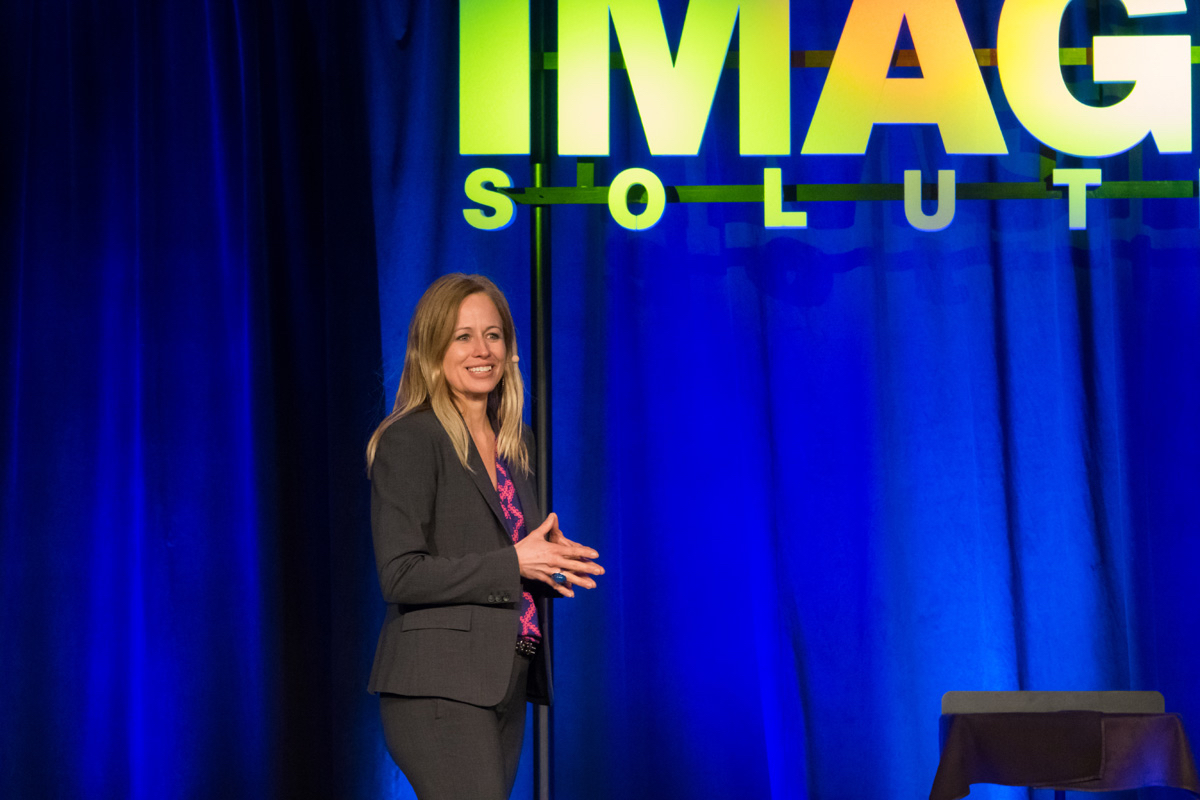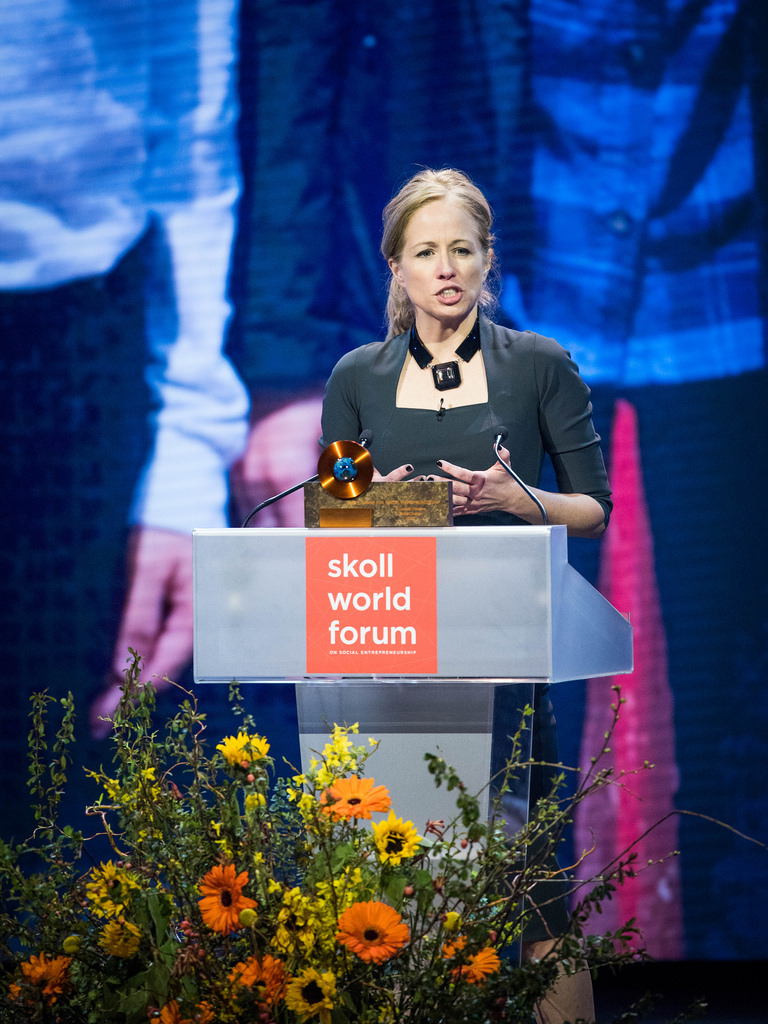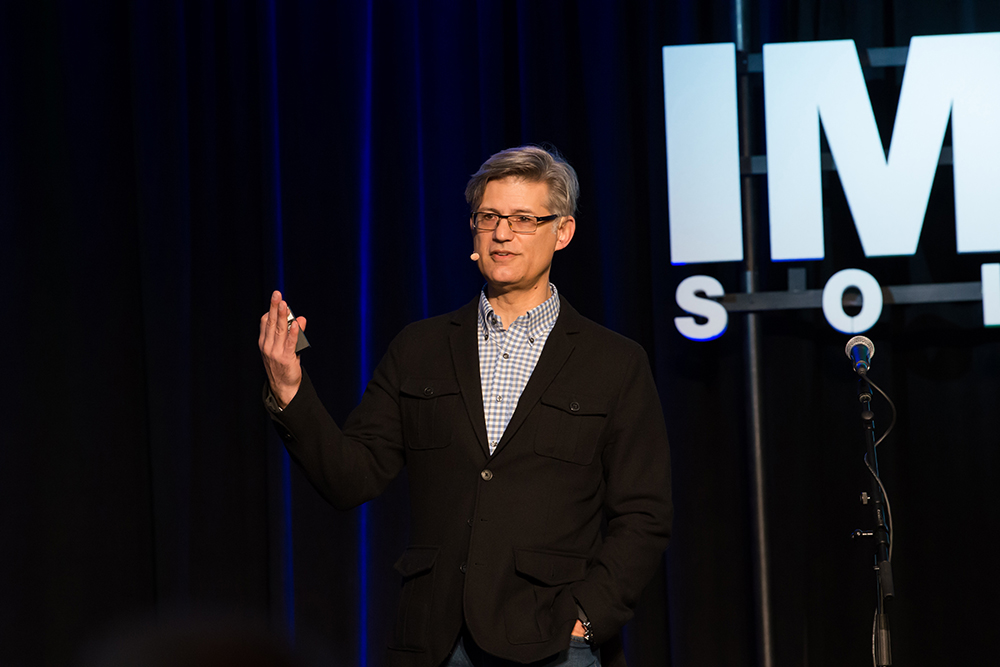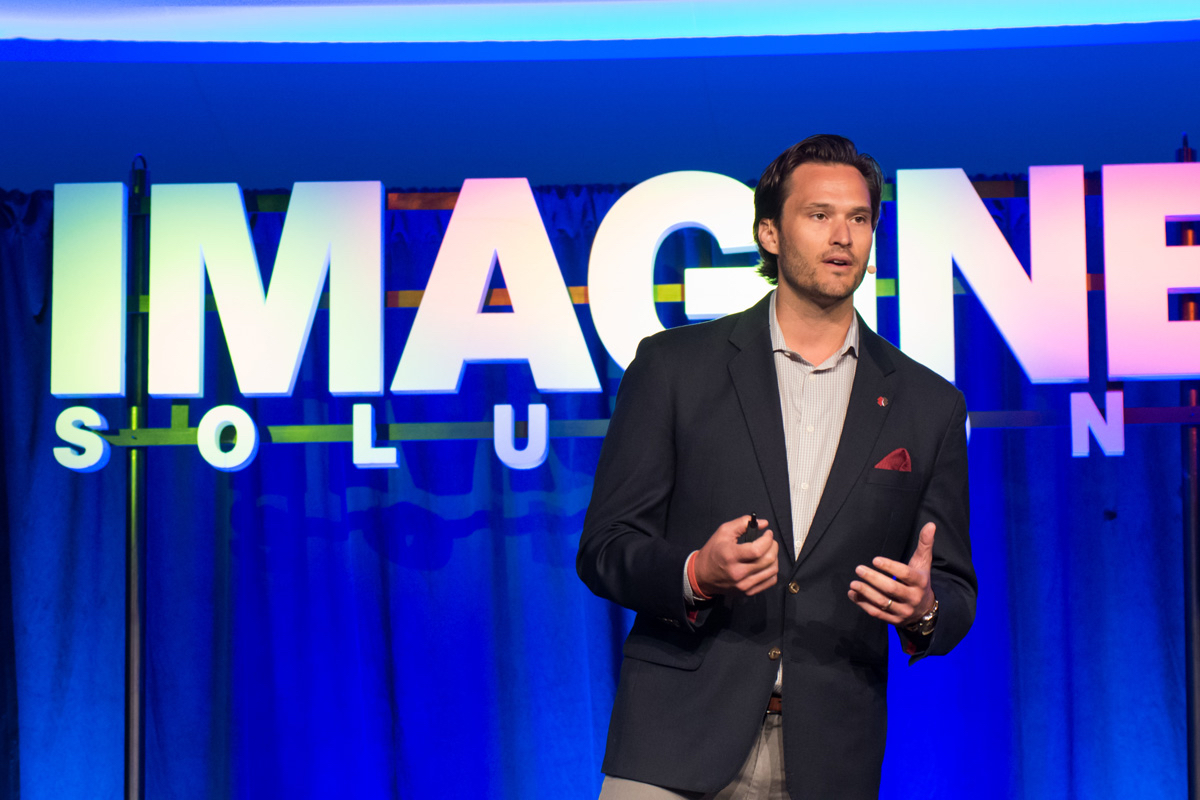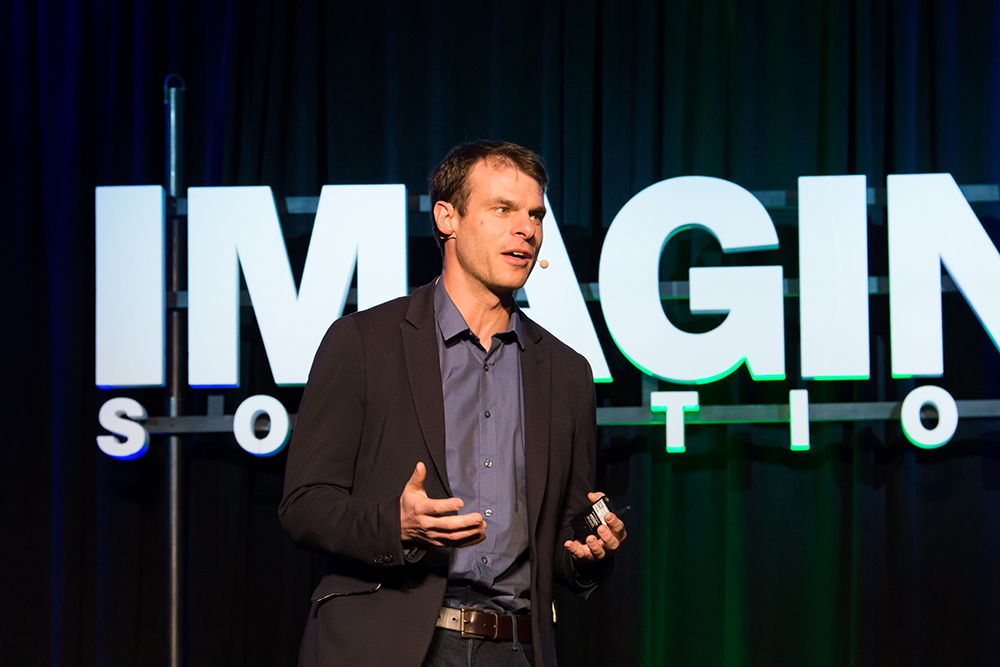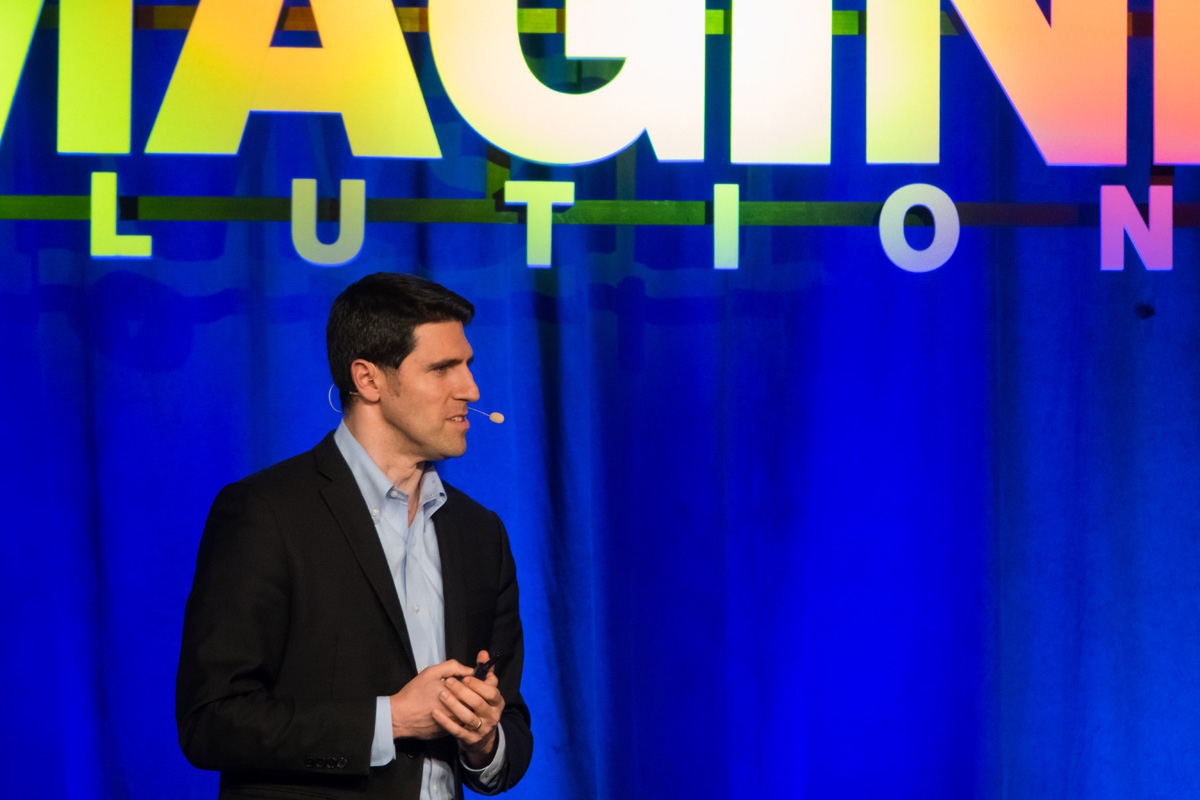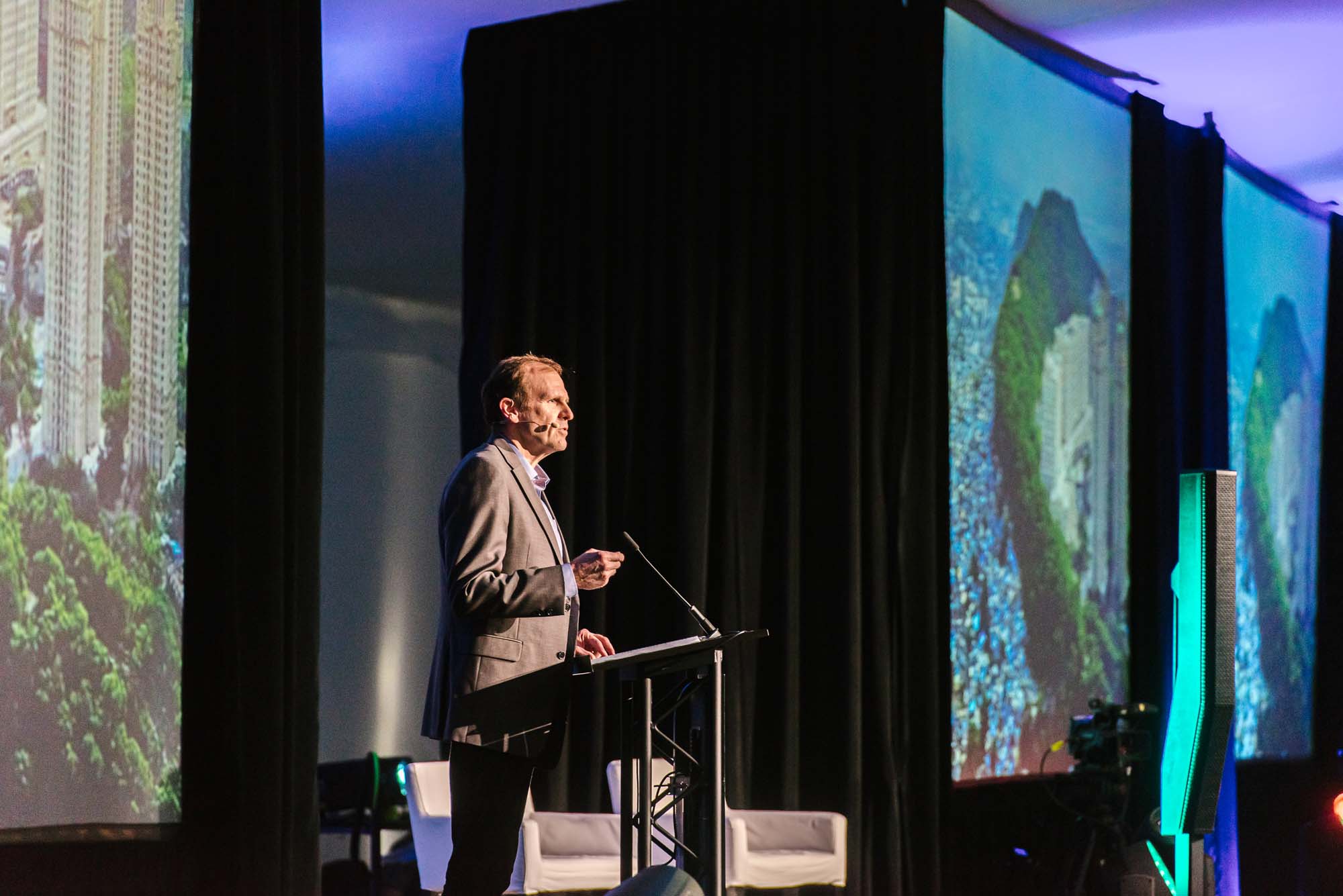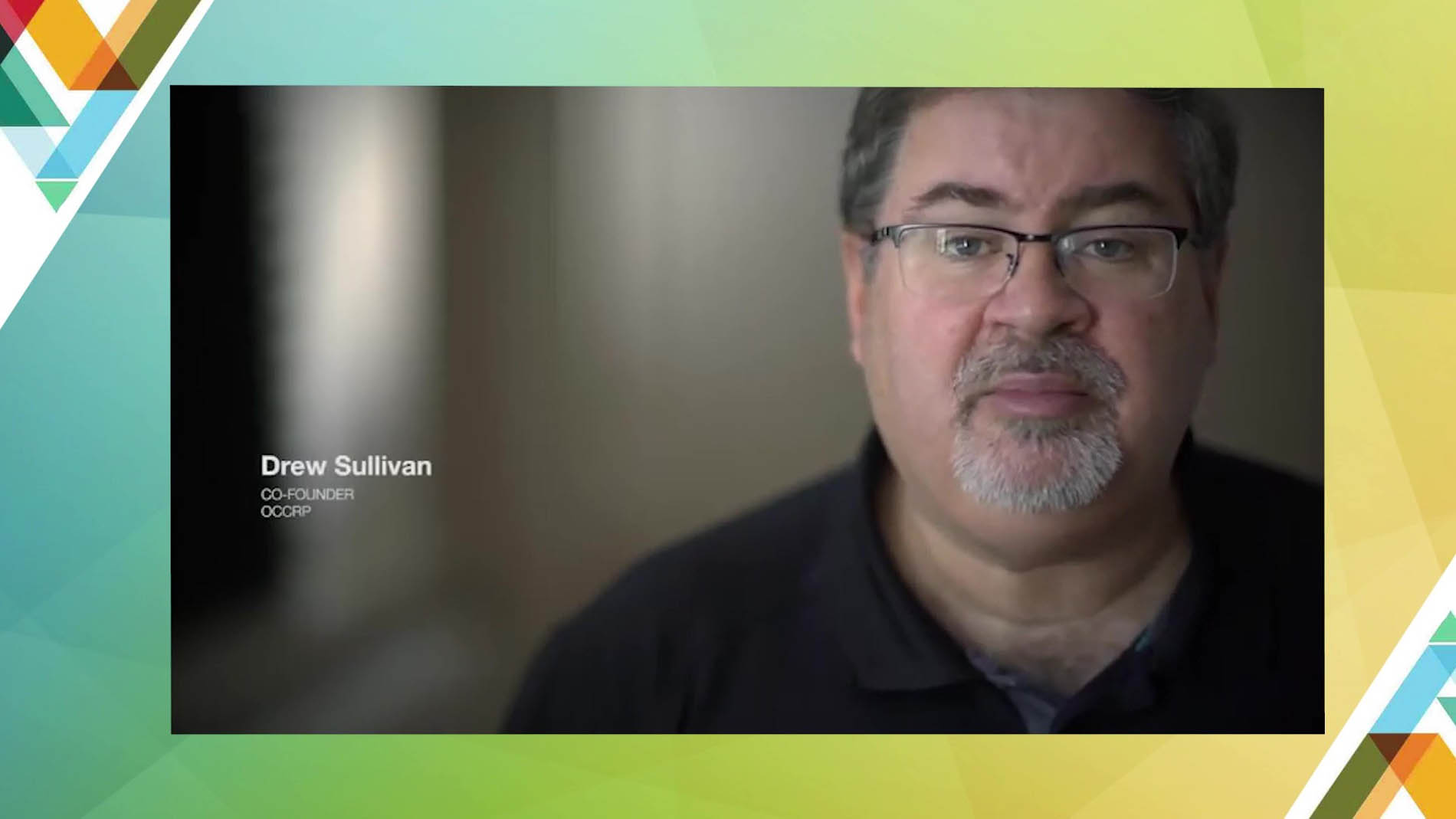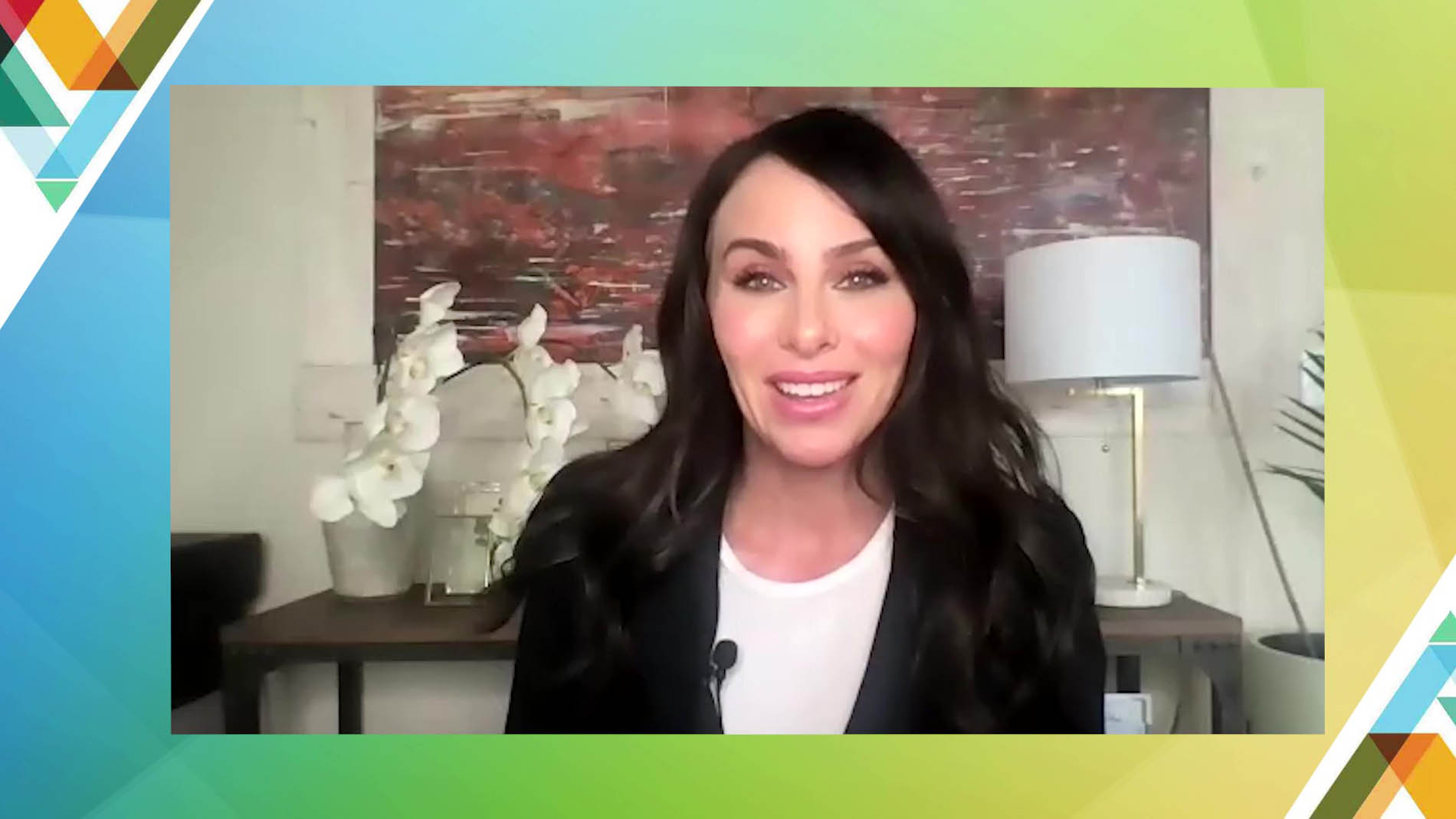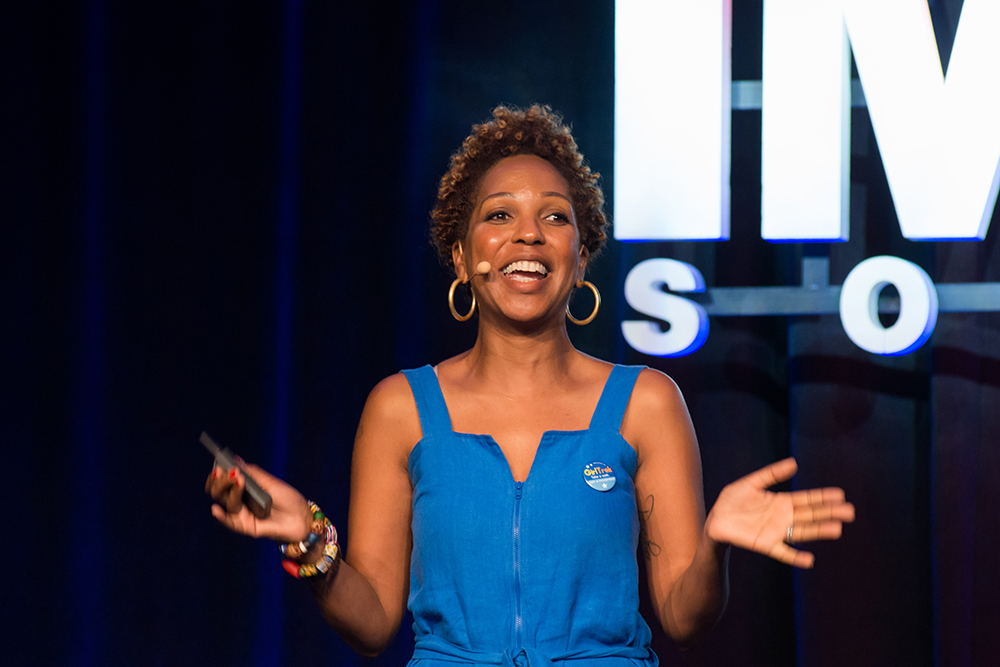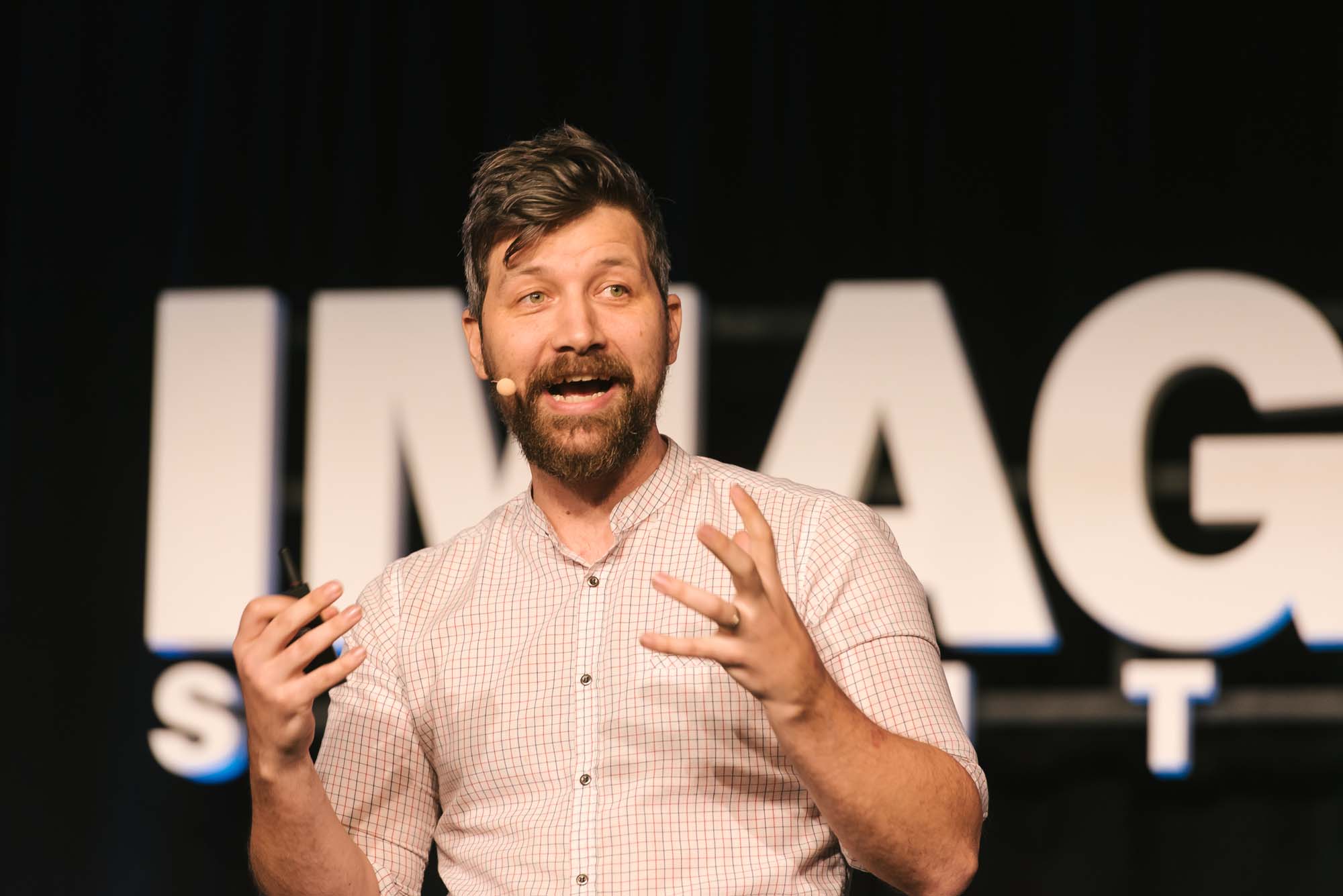Home Is Where the Change Is
As founder and CEO of Build Change, Elizabeth Hausler came up with a woman-made solution to a man-made problem – faulty, weak homes claiming lives in emerging countries prone to natural disaster. Making straightforward structural and engineering changes to how homes are built, training over 25,000 people globally in safe construction, creating 11,000 jobs, and revolutionizing the relief industry with a hands-on, culturally sensitive approach. She manages to connect the impact of engineering with bettering lives throughout the world, working directly with homeowners and governments, protecting half a million people, and half a billion dollars in assets and infrastructure.
00.00
her name is Elizabeth Haussler what she has done is put together an organization called build change to create houses that save lives in disaster scenarios earthquakes typhoons rainstorms mudslides in the light by changing the way the houses are built built in emerging countries she's changed the whole construction industries in places where the houses and schools simply were not safe let's take a look at what she does I was shocked by so many people being killed in earthquakes and emerging nations it was the 2001 earthquake in Gujarat in Kuch India that really got my attention in this event about 20,000 people were killed and most people were killed because their stone masonry house collapsed on them it's not the
01.02
earthquake that kills people it's a poorly built building and this is a man-made problem so there must be a man-made or a women made solution [Music] we have trained over 25,000 people globally in the basics of safe construction and we have created nearly 11,000 jobs when the homeowner is in the driver's seat we are building their confidence that the home will keep them safe and that's the most important thing after disaster that's what enables them to sleep at night and to get back to a normal life ladies and gentlemen elizabeth Haussler thank you good afternoon everyone thank
02.00
you for hanging in there I know it's getting toward the end of the day there really appreciate you being here so I grew up in a small town outside of Chicago and neither one of my parents went to college my dad owned a small business he worked for 50 years he's retired now building houses he was a brick a brick mason so you already know what I did for my summer job in high school and college laid bricks for my dad it was a great job you know end of the day you could actually see what you'd done you'd build something with your hands that's great and it was fun my dad was the king of construction site one liners most of which I can't repeat but it would get toward the end of the day in the afternoon sort of like it is now it would get kind of quiet on the construction site just the sound of bricks clinking and trowel scraping and my dad would just shout out how time
03.01
flies when you love your work it was great it was great so my dad encouraged both both of my sister and I to study engineering and I was in the private sector for a while and then went back to grad school at UC Berkeley and got to do some really fantastic research to understand why does the ground liquefy in an earthquake and what can we do to prevent that from happening I got to spin a cubic meter of sand around on a big NASA centrifuge at 80 G's and shake it and see what happened to it and I was able to go up to the north island of Hokkaido and set explosives off in the ground to simulate an earthquake and and see what happens so a lot of a lot of great interesting research but I always had this tension with engineering right I love the problem solving but I I felt too disconnected from people I always wondered how is what I'm doing
04.01
directly impacting someone's life how is this making someone's life better so towards the end of my PhD there was an earthquake in India that killed about 20,000 people most people died because their house collapsed on them again like the video says it's a man-made problem so there's got to be a man-made or a woman made solution and so it was at that moment that I decided I figured out what to do with my life I was gonna be able to carry on my dad's business right building houses but with my own twist so I started building with the mission to save lives in Asia Latin America and the Caribbean by working with homeowners and governments to design and to learn how to build and to finance houses in schools so they don't collapse in earthquakes and typhoons or hurricanes so right now nearly a half a million people are living and learning and safer buildings we train nearly 30,000 people
05.01
in the basics of safe construction created order over 12,000 jobs and we've helped to protect about a half a billion dollars worth of infrastructure assets around the world so but what do we do how do we how do we how do we how do we do this work well we don't build buildings for people and we don't give things away so when we started when I started in this field sweat equity was the norm sweat equity was the model sort of making the homeowner do the unskilled labor Adil did dig the ditches push the wheelbarrows but not engaging them in the decision-making process of their home and so you had well-meaning NGOs or or relief agencies making the decisions about the architecture and you would have situations where the architect or the designer would put the toilet in the living room when the culture was to have the toilet toilet outside or put the
06.02
door on the busy street when the culture was to have it on the courtyard so by excluding homers to inform the process the wrong decisions get made and people get alienated so we have helped to revolutionize the way the relief industry approaches post disaster housing by putting homeowners in the driver's seat so we use a cash conditional cash plus technical assistance model where the homeowners are provided a cash grant in installments so you have to follow the building standard and they're able to make the decisions about materials and architecture and where is their door and where is their toilet and how many bedrooms and all these sorts of things and we find when the homeowners are engaged in this process and they're making these decisions they invest more in building a resilient structure so but who actually builds the buildings right we don't bring in volunteers from outside we believe in building the
07.02
capacity of local builders and putting money back into the local economy so but in the early days organizations just wanted numbers see how many builders you can train in a short period of time show them just show them how to build a building you can't learn how to lay bricks by watching someone else do it so we do builders training on-the-job all of our training is is getting hands dirty I started build a few months before the Indian Ocean tsunami we started our first program in Indonesia shortly after the tsunami happened and we used to have these bricklaying competitions we call them cepat rappy kuat which in bahasa indonesia indonesia means fast neat strong and in the early days I could beat everyone but you know after a few weeks month on the job most of the builders were either as good of me as I
08.01
was or way better and so this is the beauty of what build change does we don't give away fish we teach people to fish we put the knowledge and skills and capacity in the hands of local people and they make change and they're the ones who make change so I want to talk about women so International Women's Day is coming up on March 8th I hope you'll celebrate it it is a build change organization wide holiday we we thought we might just give the holiday just for women but the guys on our team objected to that and possibly thought they might be lost without us so everyone gets a day off so more than half of our senior management team are women and 75% of our head engineers are women and these numbers these ratios are unprecedented in the engineering industry in the construction industry in
09.01
the relief industry even in social entrepreneurship it's something I'm extremely proud of but but why is this important why is it important to have women in leadership and technical positions in engineering and construction in what we do well it's because housing is a women's issue all right housing is a women's issue and there are studies that indicate that women and children can be up to 14 times more likely to die in a natural disaster than men 14 times that's a huge difference and so we also find that women when faced with a disaster when they become homeless after disaster can be more exposed to violence into trafficking and that's why we need the great work of Brad and Polaris that we just heard about so we we also know that in the places where build change works in Haiti and the Philippines in
10.00
Indonesia women are often running a business out of their home right so they lose their home they also lose a way to earn income right one of my favorite stories is about Ora men Lemar matriarch of a very large family in Haiti after the 2010 earthquake her house was heavily damaged she moved her family into a tent camp and when we met her she told us she thought she was going to die there his 10 camps were terrible cholera violence towards women no way to get back to work and so we looked at her house our engineers her Haitian engineers looked at her house and we decided it could be retrofitted it could be repaired and strengthened to withstand the next earthquake and hurricane we also talked to her about how she used the house and she told us will she and a sewing business out of the house so we need to fix the part of the house it was actually used for her business within a few months with her her son's overseeing the construction process us training the local builders on the job and making sure that the you know the building codes were met she was back at home and back to work it sounds simple
11.02
but there are thousands and thousands of stories like this and thousands and thousands of opportunities to to improve people's lives so when we finished one of our first houses in Aceh in Indonesia after the tsunami you know I being the engineer that I am kind of went with my detailed questionnaire to ask each homeowner about the process and that sort of thing one of the first women that we worked with mom with a family of five who was living in a very simple sort of maybe 10 foot by 10 foot Shack while our house is under construction she cut through all my questions and said now I can sleep at night so this is what bill changed us we're trying to put the tools and the knowledge and the technology back into the hands of local people and let them control the process and let them design and build a safe house so I want to finish by talking about housing as a global need so in 2017 the hurricane
12.08
season hit the GDP of Caribbean island nations harder than the Ebola crisis in West Africa there are about three billion people living in substandard housing housing that's not going to resist the next earthquake or the next hurricane housing that doesn't have a toilet housing that has a leaky roof we have a program going on in in Bogota and Medellin Colombia working with people and the government to strengthen buildings before the next earthquake one of the homeowners whose house we strengthened she said my house was like a swimming pool before you guys came along so not only are we strengthening buildings we are also making small improvements like fixing leaky roofs that have a big impact on people's daily lives so I know
13.01
it might be kind of hard to relate difficult to relate to housing as a global agenda topic but we have coming up in just two short months the 50th anniversary of the u.s. Fair Housing Act and we've made great progress in some ways in our own country but there's there's still progress to be made here we still have our own housing crisis and providing fair affordable disaster resilient housing housing for everyone but I'm kind of hoping that you and the audience here you get what I'm talking about right especially those of you from Naples who have been through a hurricane you know what that's like you know how scary it can be but you probably have a house that was built according to the building code you probably have insurance and your house is probably not your only asset for 50 to 90 percent of the world a house is the family's only asset so imagine losing that asset in
14.00
just a few seconds right but imagine the solution we have the solutions we can we can strengthen buildings we can build safe disaster resilient houses we can make changes in policies we can create financial incentives we can make this change so please join us thank you [Applause]

